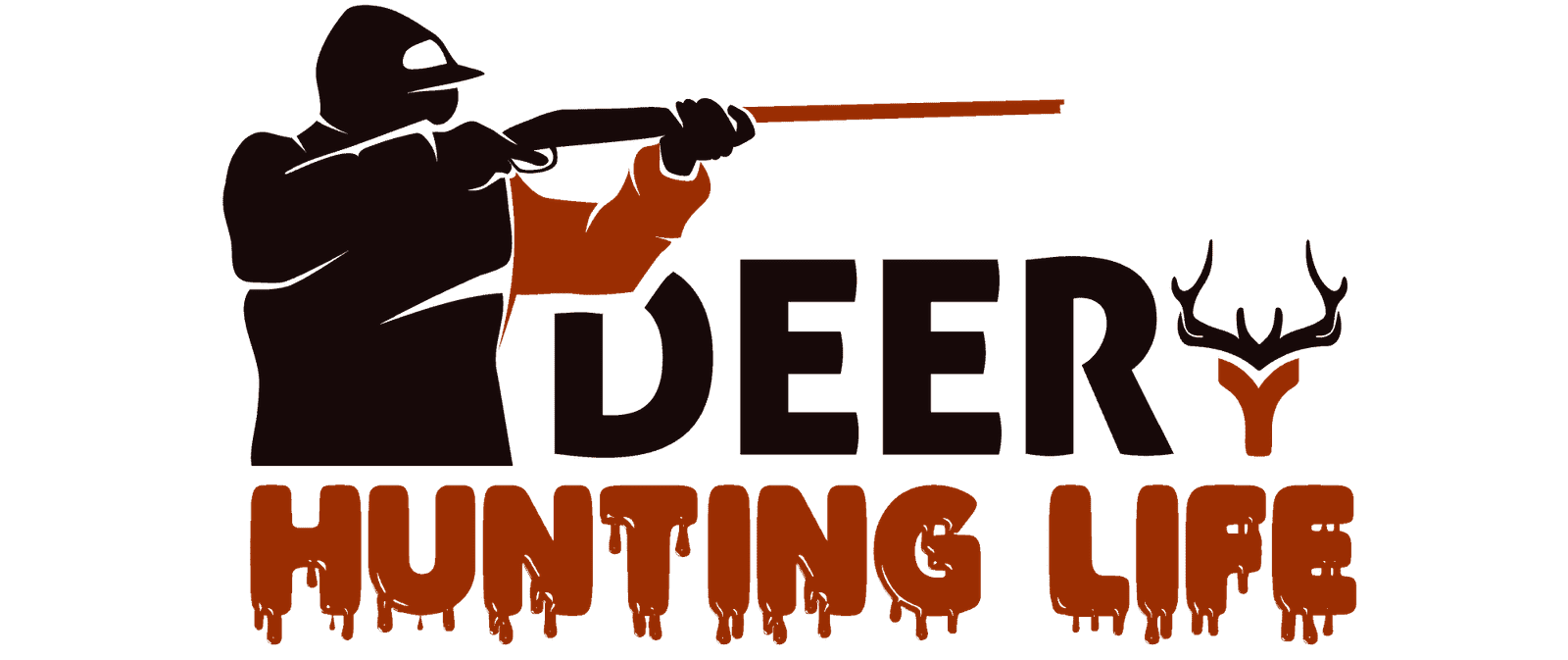Deer are traveling farther and taking more risks to get food and water as the state’s drought conditions get worse. As a result, a lot of city inhabitants may see young deer alone on their everyday walks to the vehicle or office. Many of these people ask themselves why would a deer be alone?
Mother deer will be alone and stay away from the fawns to avoid leading predators to their young. Does return at dawn and dusk to feed and move their young. Until they are strong enough to keep up with their mothers, deer fawns are left alone while their mothers go off to feed.
Why would a deer be alone?
That deer may be on a secret mission, most likely checking for hunters, predators and other details of interest for the herd.
The time of year has an impact on how and with whom whitetail deer behave. A buck may seem alone or with three other bucks depending on the situation.
Does are typically seen alone or with their fawns, but occasionally we might observe them in a group of other does.
The doe herd, which is led by the matriarch, is the focal point of a deer’s social life. Who enters and leaves is decided by the matriarch. It will typically be nieces, daughters, and sisters.
Bucks are discarded soon after weaning. They are the poor souls you see lagging behind the herd of does. The boys receive a quick kick if they come too close.
After that, bucks live alone till they connect with a bachelor party. These constantly form and break. All the bucks, however, get grumpy and dwell alone before the rut.
After the rut, they will create these relationships again, but from September through a significant portion of the winter, adult bucks are solitary.
Is it normal for a deer to be by itself?
Birds, deer, and snakes are among the species that are typically active at this time of year, but when water supplies dry up, more animals are moving around and bringing their young with them as they look for food.
Can deer be solitary?
When a doe has no fawns, she is usually solitary. Deer congregate in mother and fawn family groups. Except during breeding season, when they are solitary, male bucks can dwell in groups of three or four.
Do deer travel alone or in groups?
Deer are very social and travel in groups called herds. Although some species have herds that are divided based on sex, a deer herd is frequently headed by a dominant male. There are instances when the men and females belong to different herds. In other instances, a male herd keeps watch over a female herd.
Do male deer travel alone?
Adult does seldom travel alone, preferring to travel in social groupings with other does and fawns. Fawns frequently experience brief separation from their mother during the rut, and seasoned hunters are aware that the first buck to enter the area is nearly always a button buck.
How long do deer families stay together?
The fawn will stay with its mother for approximately one year, three to four months of nursing. Just before giving birth to the fawn for the following year, the female will drive the juvenile away in order to sever the mother tie.
Are Bucks loners?
Bucks hang out together at some times of the year but research shows that big bucks tend to be loners and want their own space. According to scientific research, a mature white-tailed buck’s habitat needs include space as a crucial element.
How long will a mother deer leave her baby alone?
That baby is fine and does not need rescue. Deer, like Jackrabbits, will leave their young alone for up to twelve hours at a time while they forage. The infants are nestled into the grass where their mother left them and are instructed to be motionless and quiet.
What do you do if you find a baby deer alone?
People often mistakenly assume that a fawn (baby deer) found alone is orphaned. If the fawn is lying down calmly and quietly, their mother is nearby and they are OK. A doe only visits and nurses their fawn a few times a day to avoid attracting predators. Unless you know that the mother is dead, leave the fawn alone.
Final Thoughts
So, as I just said, the season affects how social whitetail are. Additionally, you can observe that throughout the same seasons of the year, bucks and does behave differently.
Both sexes are often social in the spring, though they may participate in a variety of groups.
Whitetail are quite gregarious throughout the summer.
Fall is a unique season. This is a period of isolation for both sexes. Although does will attempt to stay with the fawns from the previous year, this rarely happens.
Whitetails are quite social in the winter, and getting over the rut is their first goal (Read also: Do Deer Come Out In The Snow?). They concentrate on seeking food as a result and create larger groups or herds.

